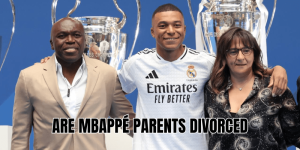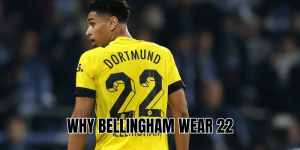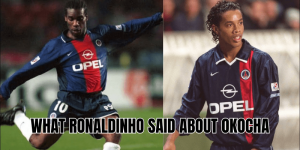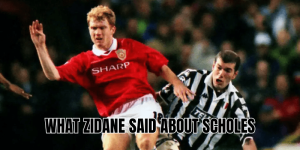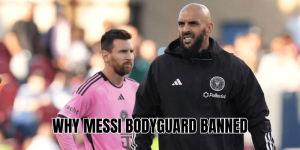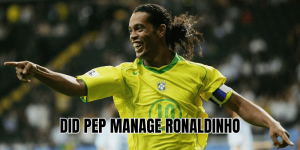Visions of samba-style dribbles, perfect free kicks, and joyous football come to mind. Few players embodied flair the way he did. But beneath the legend lies one of the great “what if” stories of the modern game: why was Ronaldinho rejected from Real Madrid? In this article, ZaneyStrike walks you through a roller-coaster of boardroom decisions, branding battles, and narrow margins that altered the course of football history.
The 2003 Transfer Climate: Galácticos, Brands, and Big Bets
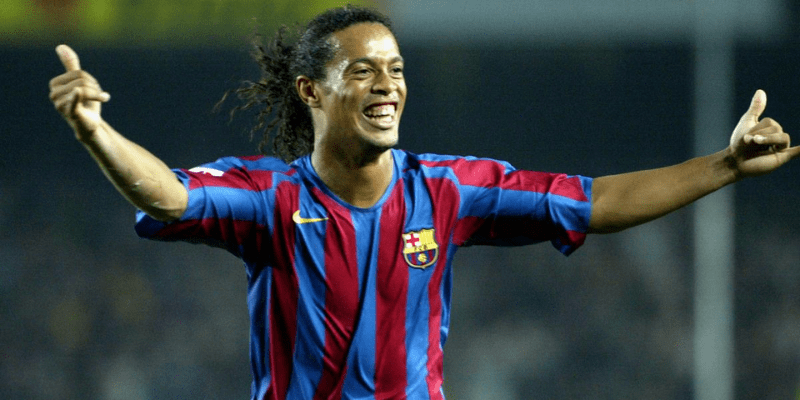
To understand why Ronaldinho didn’t land at Madrid, we must first revisit the summer of 2003. Real Madrid, under Florentino Pérez’s first Galáctico era, was pursuing high-profile stars—not only for sporting success but for commercial impact. The club had just secured David Beckham. The Galáctico model prioritized fame, image, and global reach as much as goals.
Meanwhile, Ronaldinho, then at Paris Saint-Germain (having joined from Grêmio in 2001), was rising into superstardom. His combination of dribbling, flair, and joyful charisma made him attractive to many clubs. Barcelona made a strong bid and succeeded, signing him in July 2003 for around €25 million, plus add-ons. Barcelona beat out Real Madrid and Manchester United for his signature.
That decision set the stage for decades of rivalry, yet few remember that Madrid might have had a shot, had their internal logic been different.
Official & Unofficial Reasons: The “Too Ugly” Line and Brand Strategy
The “Too Ugly” Narrative
One of the most oft-repeated explanations is that Real Madrid turned down Ronaldinho for not fitting their image standards. Media stories claim the club considered him “too ugly” or not polished enough to represent the Real Madrid brand, especially compared to Beckham. Some reports suggest he wasn’t “marketable” enough in terms of looks or public persona.
This narrative, however sensational, is likely exaggerated. It taps into a deeper truth: for Madrid, branding mattered enormously. Beckham was not only a footballer—he was a global icon, with endorsement deals, star appeal, and a media-friendly image that aligned with Pérez’s vision.
Brand over pure talent
Madrid’s target in 2003 was a star who could shine worldwide. Beckham brought commercial clout. Ronaldinho, while immensely talented, had a different aura—wild, spontaneous, less controlled. His brand appeal was rising, but perhaps not quite at the level that Madrid’s hierarchy demanded at that moment. The club may have decided that Beckham’s crossover appeal and existing cachet outstripped Ronaldinho’s potential risk.
So Madrid opted for what seemed the safer, more lucrative bet in brand terms.
Sporting and Tactical Considerations
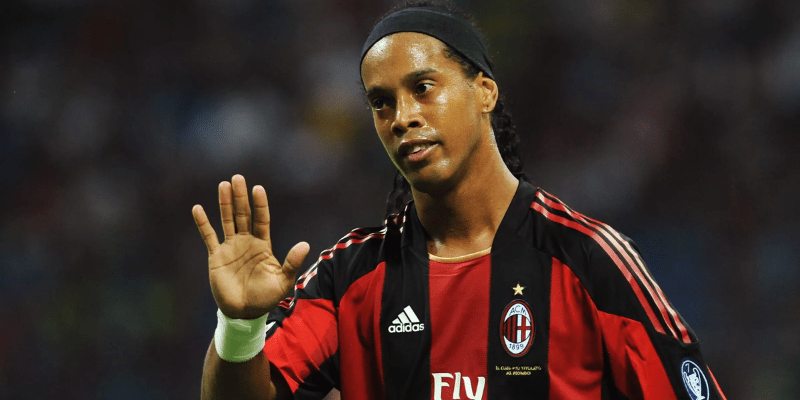
Squad balance and overlapping roles
Madrid’s squad at the time already featured major names: Raúl, Figo, Zidane, Ronaldo (the Brazilian “Fenômeno”). Adding Ronaldinho would require serious rebalancing. The club perhaps judged that the technical risks (disrupting established roles, egos) outweighed the gains.
Commitment and discipline concerns
Some insiders express concerns about whether Ronaldinho’s temperament, lifestyle, and off-field habits would align with a club of Real’s magnitude. While nothing definitive is documented, doubt may have played a role behind the scenes—Madrid may have preferred a player with more predictability in media behavior and professionalism.
Timing & opportunity cost
By the time Madrid would have seriously engaged, Barcelona was already accelerating their push, appealing to Ronaldinho’s vision of being the creative centerpiece. The timing may have already slipped. Furthermore, Madrid’s acquisition of Beckham required resources, both financial and strategic, limiting their bandwidth to chase yet another megastar simultaneously.
Barcelona’s Edge & Ronaldinho’s Choice
Barcelona moved fast and decisively. They offered Ronaldinho an enticing 5-year deal, betting on him as a revival of the club’s prestige. They also positioned him as a central figure in their project. Barcelona’s president at the time, Joan Laporta, later recalled that Madrid had passed on Ronaldinho, giving Barça the opening.
Ronaldinho’s own preferences matter as well. The allure of being the focal point at Barça, the relatability of Catalonia’s environment, and ambition to make an imprint may have appealed more than becoming another star among stars at Madrid.
In short: Barcelona played the human side better, and capitalized on Madrid’s decision to downplay Ronaldinho’s potential as a brand asset.
What If Madrid Had Accepted Ronaldinho?
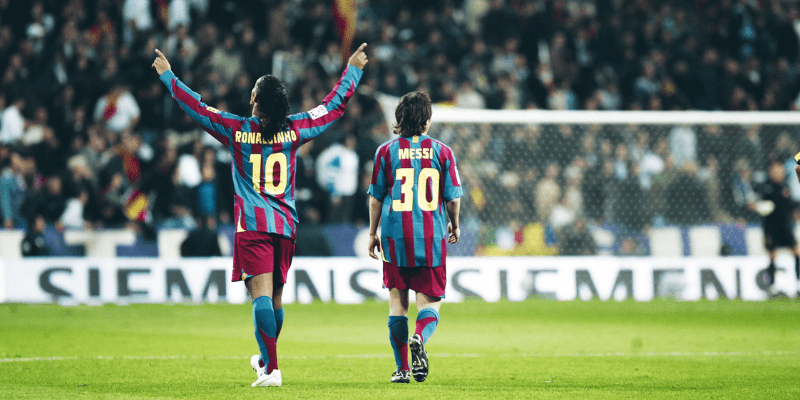
It’s tempting—and fun—to imagine alternate football universes. What if why was Ronaldinho rejected from Real Madrid had a different answer, and the signing went through?
- Madrid’s galácticos would shift. Would Ronaldinho compete with Zidane, Ronaldo, or Figo for influence?
- Barcelona’s rise in the mid-2000s might have been delayed or diverted.
- Ronaldinho’s legacy might look different—less as a Barcelona icon, more as an expression within a galaxy of stars.
As speculation, it’s vivid—but history already chose.
Public Myth vs Reality
Over time, the “too ugly” reason became a meme-like justification—bold, provocative, shareable. But reality is more nuanced. Yes, Madrid’s branding aspirations played a role. Yes, Beckham’s image tipped the balance. But it’s unlikely that appearance alone closed the door. Decisions were layered: commercial logic, squad planning, personality risk, timing.
Why was Ronaldinho rejected from Real Madrid? The truth blends myth and management: a combination of image politics, strategic business thinking, and Madrid’s failure to seize a risk.
Final Thoughts
Why was Ronaldinho rejected from Real Madrid remains one of football’s enduring “what-ifs.” Madrid’s focus on image, their choice of Beckham, questions over compatibility, and Barcelona’s definitive offer all collided to deny a future legend a Madrid jersey.
Today, fútbol fans remember Ronaldinho not for what might’ve been—but for what he delivered. His flair turned Camp Nou into a stage, his dribbles into folklore, and his La Liga triumphs into legend.
If you enjoyed this deep dive with ZaneyStrike, stick around—the beautiful game always has a next story. Want to explore other “rejected signings,” career crossroads, or transfer sagas? Let me know—and we’ll walk that path together.

